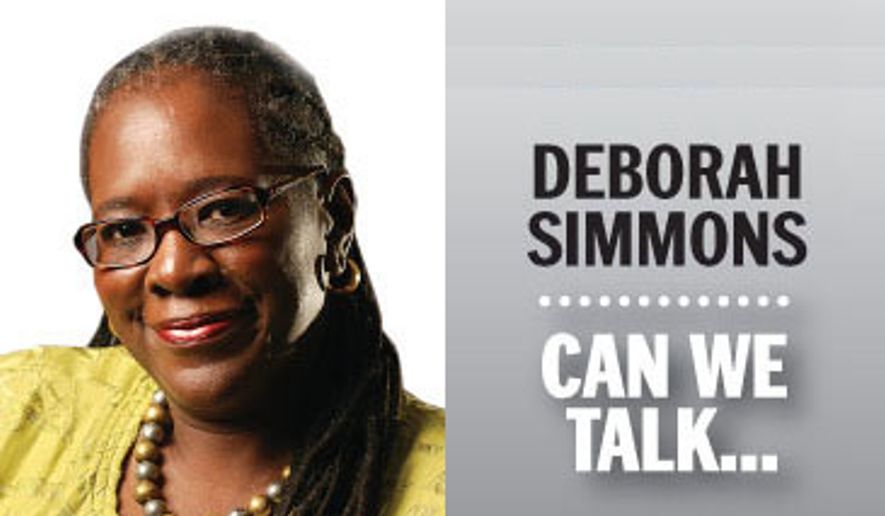ANALYSIS/OPINION
The homeless. Veterans. Millennials and their parents. Seniors. People in need of assisted living. Boomers. Downsizers. Folks who simply can no longer afford McMansions. Folks who merely want small homes. Folks who have made up their minds not to be house-poor.
The housing industry has a house for them all — albeit a tiny house, but a less-is-more home nonetheless.
The tiny house trend is a trend no more. It is a movement.
In Kansas City, Missouri, the movement bumped up to an innovative, game-changing level: The Veterans Community Projects began dedicating tiny houses to homeless vets on Monday. The nonprofit’s plan includes working with the armed forces community to use a four-acre site to build and equip 50 tiny houses for veterans with PTSD and substance abuse problems. The United Auto Workers Union has even agreed to donate such basics as toiletries, dishes and linens.
There are also on-the-go tiny houses — prefab homes, sometimes on wheels, that can be hitched to, say, a Ford F-350.
The nation’s capital used to be home to thousands of tiny homes for 17,000 or so families. In fact, the city’s alleyways were so jam-packed with families following the Civil War that planners and developers declared them a nuisance, mostly because of the lack of plumbing and electricity, and also because they were home to the po’ — people who could not afford an “o” and an “r.”
The tiny living quarters were shacks whose front faced the alley, and they often couldn’t be seen from the street. Built of wood, they also were called lean-tos or shanties. Simply constructed homes, they barely remained standing amid tornado- and hurricanelike winds but for the fact that they were wedged one against another, like traditional row houses.
Civil rights and post-World War II urban renewal movements, of course, kicked that kind of living to the curb. Indeed, political machinations for urban renewal by bulldozer eventually removed the tiny homes of thousands of alley dwellers and relocated many of the former residents, although still poor, into public housing. (So much for FDR’s successful “housing projects,” eh?)
Now another movement has taken hold and, courtesy of D.C. Councilmember Vincent Orange, might return tiny housing to the capital via the “Minimum Wage, Living Wage and Millennial Tiny Housing Amendment Act.” Mr. Orange’s bill, among other things, would authorize the city and small business developers to build up to 1,000 tiny homes and sell them to millennials at $50,000 a pop.
Mr. Orange deserves much credit for thinking of lower-cost housing in a city that prices practically everything out of the reach of working families and lower-middle-class singles. However, limiting the houses to millennials is age discrimination, and that bias is first and foremost.
Second, City Hall has no business dictating the cost of a house to a buyer any more than it has the authority to dictate the cost of a mint julep to a tavern owner.
Here again, the direction of the tiny house movement is a vital niche market, and the council should readily embrace both as housing game-changers. As I said in the beginning, tiny houses could solve a host of issues: The homeless. Veterans. Millennials and their parents. Seniors. People in need of assisted living. Boomers. Downsizers. Folks who simply can no longer afford McMansions. Folks who merely want small homes. Folks who have made up their minds not to be house-poor.
Tiny houses also could address the affordable housing issue, which liberal and progressive activists and politicians seemingly engage as a talking point on a weekly basis.
Mr. Orange, however, wants to build 1,000 tiny houses for millennials. His proposal excludes widowed, middle-age, middle-class dads who want to downsize. The middle-class mom who simply wants to break loose from her six-bedroom Victorian. The 25-year-old barista who inherited $50,000 and wants to be a homeowner.
Mr. Orange’s legislative proposal needs to be scrubbed. Sure, it proves affordable regarding the city’s budget. But lawyers and policymakers must consider whether the city can otherwise afford to discriminate against nonmillennials.
If the true bottom line is to build tiny houses and reap the tax benefits, Mr. Orange and other stakeholders should formulate an initiative around just that.
As for childbearing-age millennials, they’ll bump up against the impracticality of a tiny house as soon as they realize there is no space for a nursery or an 84-count bundle of Pampers.
• Deborah Simmons can be reached at dsimmons@washingtontimes.com.
• Deborah Simmons can be reached at dsimmons@washingtontimes.com.




Please read our comment policy before commenting.